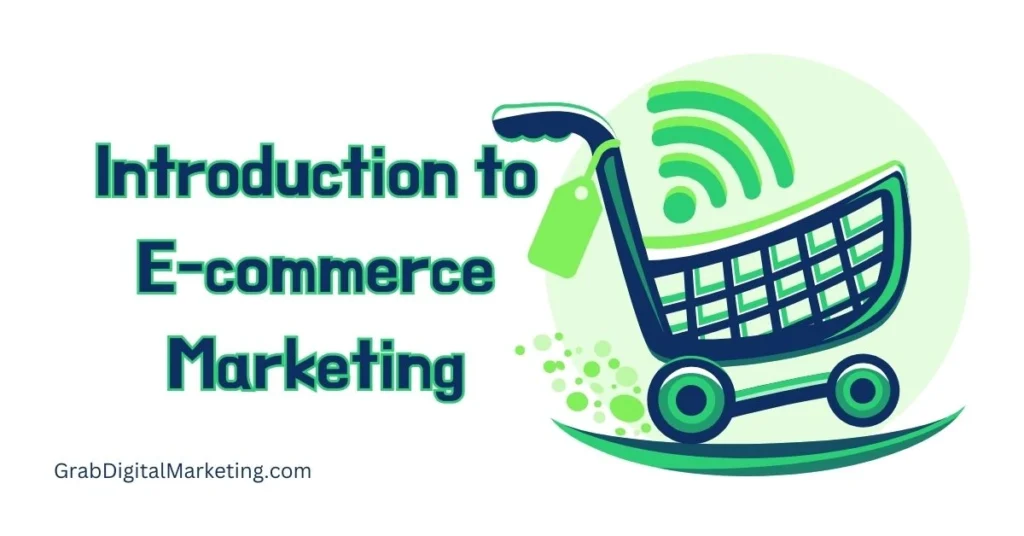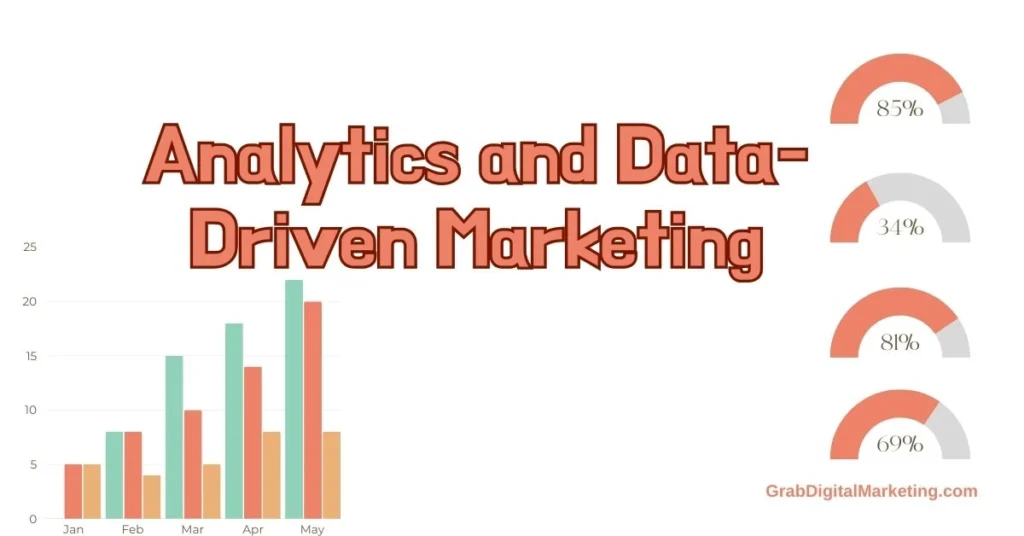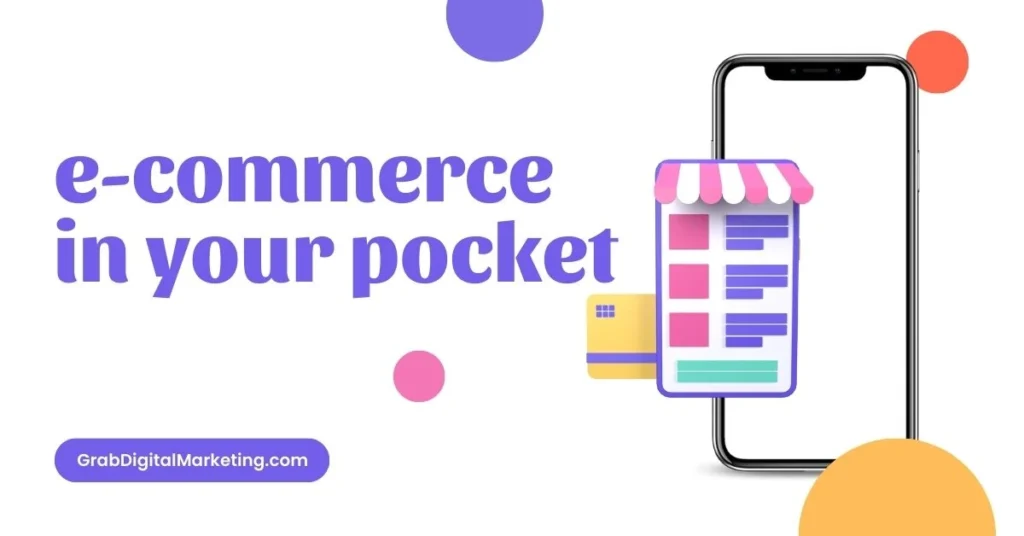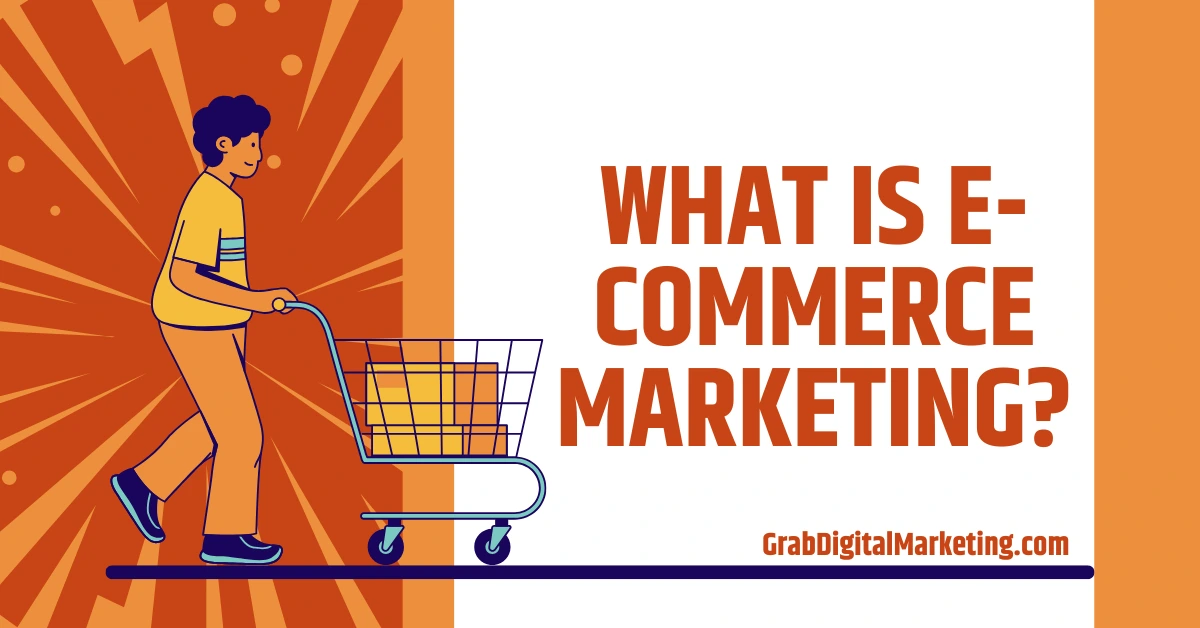What is E-commerce Marketing?
E-commerce marketing is the process of promoting products or services that are sold online to attract visitors to an online store and convert them into paying customers. It involves various strategies like SEO, social media marketing, email campaigns, paid ads, and content marketing to increase awareness and sales. The goal of e-commerce marketing is not only to get traffic but also to engage customers and encourage repeat purchases. With more people shopping online than ever before, effective e-commerce marketing helps businesses stand out in a crowded digital market, improve customer experience, and drive profitable growth. This type of marketing is especially important for website owners using Google AdSense, as increasing targeted traffic to e-commerce sites can boost ad clicks and revenue.
Table of Contents
Introduction to E-commerce Marketing

E-commerce marketing is all about promoting products or services that are sold online to attract more visitors to your website and encourage them to buy. It uses a mix of digital strategies like search engine optimization (SEO), pay-per-click (PPC) ads (including Google Ads), social media campaigns, email marketing, and content creation to reach potential customers. For Google AdSense users, understanding e-commerce marketing is valuable because driving more targeted traffic to an e-commerce site means more ad impressions and clicks, which can increase your ad revenue. Effective e-commerce marketing focuses on connecting with the right audience, providing engaging content and offers, and creating a smooth shopping experience that keeps customers coming back. Whether you’re running a small online store or a large marketplace, mastering these marketing techniques helps boost sales, brand visibility, and Google AdSense earnings by maximizing the value of your website traffic.
Core Components of E-commerce Marketing

The core components of e-commerce marketing are the essential building blocks that help online stores attract visitors, convert them into customers, and keep them coming back. These include:
- Search Engine Optimization (SEO): Making sure your online store ranks well in search engines by using the right keywords, creating high-quality content, building backlinks, and improving site speed and user experience.
- Content Marketing: Creating valuable, engaging content like blogs, videos, and guides that educate and attract your target audience, helping build trust and brand authority.
- Social Media Marketing: Using platforms like Facebook, Instagram, and TikTok to promote products, engage customers, and even sell directly through social commerce features.
- Email Marketing: Sending targeted, personalized emails to nurture leads, promote offers, and encourage repeat purchases.
- Paid Advertising (PPC): Running ads on Google, social media, and other platforms to drive traffic quickly and reach specific audiences based on demographics, interests, or behavior.
- Personalization: Using data and AI to deliver personalized product recommendations, offers, and messaging that enhance the shopping experience.
- Marketing Automation: Automating tasks such as abandoned cart reminders, follow-up emails, and customer segmentation to maintain engagement and improve conversions.
- Customer Engagement and Loyalty Programs: Building long-term relationships with customers through loyalty rewards, social proof like reviews and user-generated content, and excellent customer service.
Analytics and Data-Driven Marketing

Analytics and data-driven marketing are all about using real numbers and insights to guide your website and advertising decisions. For Google AdSense users, this means tracking how visitors find and interact with your site, which ads they click, and what content keeps them engaged. Tools like Google Analytics 4 show you where your audience comes from, what pages they view, and which keywords lead to the most traffic or ad revenue. With this data, you can spot which topics, keywords, or ads perform best and adjust your strategy for even better results. Data-driven marketing lets you make smart choices—like optimizing your ad placements or creating more content around successful topics—so your website attracts the right visitors and earns more from AdSense. Ultimately, analytics makes marketing less about guessing and more about proven actions that drive growth and higher revenue.
E-commerce in your pocket

“E-commerce in your pocket” means being able to run and manage an online business directly from your smartphone or mobile device. Today’s e-commerce platforms and apps let you add products, communicate with customers, track orders, check your sales, and even analyze marketing results—all while on the go. For Google AdSense users, this flexibility is powerful because you can monitor your site’s traffic, ad performance, and earnings from anywhere. It also lets you make quick updates to your content or promotions, ensuring you never miss an opportunity to boost sales or increase ad revenue. In simple terms, “e-commerce in your pocket” gives you the freedom and convenience to grow your business and your AdSense earnings no matter where you are.
Future Trends in E-commerce Marketing
Future trends in e-commerce marketing for 2025 are shaping how online businesses attract, engage, and sell to customers, and they hold great importance for Google AdSense users aiming to boost site traffic and ad revenue. Key trends include:
- AI-Driven Personalization: Artificial intelligence will tailor product recommendations, search results, email marketing, and website content based on individual shopper behavior, creating highly personalized shopping experiences that increase conversions.
Data Security and - Privacy: With heightened consumer concerns, e-commerce brands must prioritize transparent data handling, secure payment options, and privacy-focused AI to build trust while delivering personalized services.
Social - Commerce: Shopping directly through social media platforms like Instagram, TikTok, and Pinterest will continue booming, with influencer marketing and user-generated content playing key roles in driving sales.
Case Studies and Success Stories
Case studies and success stories for Google AdSense show real examples of how website owners have used AdSense to generate meaningful income and grow their online businesses. These stories often highlight how users improved their website content, optimized ad placements, targeted high-value keywords, or increased traffic through SEO and marketing strategies. For instance, a blogger may share how switching to a mobile-friendly site and focusing on trending topics boosted both visits and ad clicks, leading to higher earnings. Another site owner might reveal how analyzing analytics data helped them adjust their content to appeal to the right audience, significantly increasing AdSense revenue. These examples inspire others by showing practical, step-by-step actions and strategies that turned ordinary websites into profitable ventures with AdSense. They also offer tips on overcoming challenges—like low traffic or low click-through rates—making the path to success feel achievable and relatable for anyone starting their own AdSense journey.
Conclusion
E-commerce marketing is a dynamic and evolving field that requires a blend of creativity, technical expertise, and strategic thinking. By harnessing the power of digital channels, businesses can reach and engage a global audience, driving growth and success in the competitive online marketplace.

